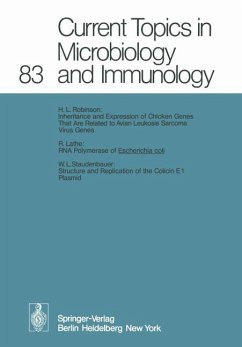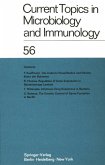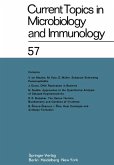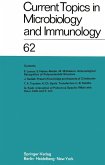Bacterial plasmids are circular double-stranded DNA molecules that are physi cally separate from the bacterial chromosome. They are replicated and stably inherited in the extrachromosomal (autonomous) state. The plasmids of entero bacteria can be divided into two distinct groups according to their size: (i) small plasmids with MW of less than 10 Mdal, and (ii) large plasmids with MW ranging from 50-100 Mdal. These two groups differ strikingly in their copy numbers per cell (multiplicity). Whereas most small plasmids are multicopy plasmids (20-100 copies per cell), large plasmids are normally present at a multiplicity similar to the number of chromosomal genome equivalents (oligo copy plasmids). Furthermore, large plasmids can promote the transfer of DNA by conjugation and are therefore classified as conjugative plasmids. Since this property depends on the presence of the tra operon, a 15-20 Mdal segment of DNA (Helmuth and Achtman, 1975), small plasmids are necessarily nonconju gative. Because of their inability to mediate DNA transfer, small plasmids have often been designated as "nontransmissible. " This is clearly a misnomer since nonconjugative plasmids can in general be mobilized for conjugal transfer by a conjugative plasmid present in the same cell. Plasmids can further be classified with respect to their ability to continue replication in the absence of de novo protein synthesis (stable replication).








